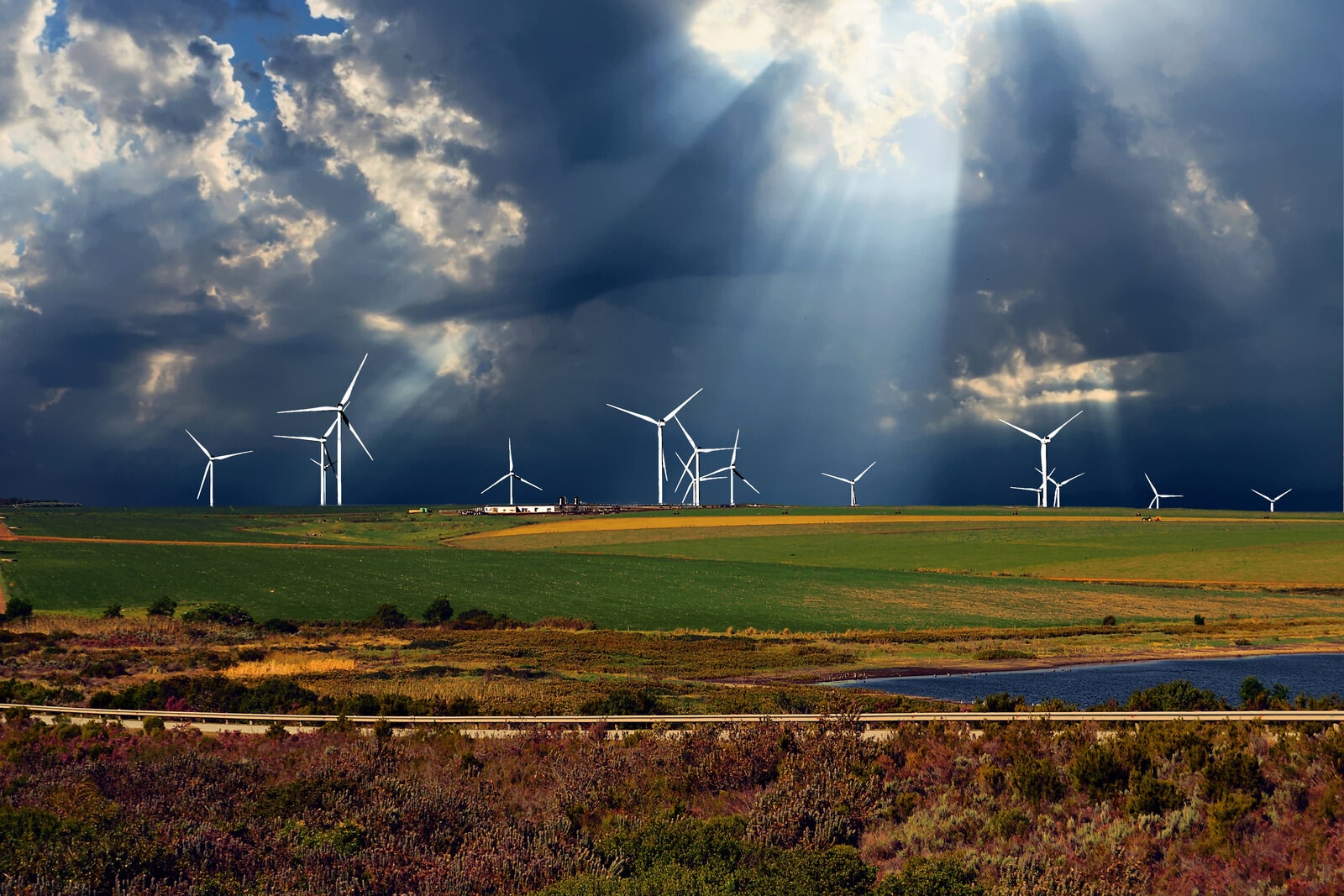South Africa will debut the first world’s virtual wheeling program for great renewable energy accessibility

South Africa is introducing virtual wheeling next year: South Africa's virtual renewable electricity transmission model is scheduled to start operations by the end of 2024, Reuters reports, citing Eskom’s distribution network analyst Onicah Rantwanea. The virtual wheeling method allows consumers to buy renewable power from any producer across the country via a platform expected to make power from large renewable producers available to smaller users, including standalone buildings, housing societies and factories. South Africa is the first to introduce this new technique of transporting electric energy, law consultant firm Cliffe Dekker Hofmeyr said.
How does it work: Unlike traditional wheeling, where the delivery of energy occurs from big private renewable energy generating companies to big private distribution companies in a one-to-one transaction, virtual wheeling can connect multiple buyers with multiple sellers through a technology platform that aggregates supply and consumption data to produce a single bill for consumers, the newswire explains. This digital mechanism allows Eskom to refund a single buyer — likely a corporate entity such as a real estate development — while individual offtake sites or customers continue to consume electricity and be billed by Eskom, Cliffe Dekker Hofmeyr explains, citing Eskom’s brochure (pdf) breaking down the new policy. In that way, Eskom, rather than the corporate entity, would need to pay the upfront cost for generating and wheeling energy.
Why switch away from traditional wheeling? Some regulatory and practical factors can limit the ability of traditional wheeling to cater to energy supply solutions. For example, a lack of local wheeling frameworks — inclusive of a tariff and billing policy — is common given that municipalities hold off on releasing any regulation until a unified national policy is released, which could often take years, according to Cliffe Dekker Hofmeyr. Other barriers include buyers or municipalities needing to amend their electricity supply agreement with Eskom in order to ensure that wheeling credits are accounted for. The complicated steps become a problem for energy buyers with multiple offtake sites in various locations, each with a different point of connection to the transmission and distribution network. This is often the case for the real estate sector, large retail stores, warehouses and offices.
A lifeline for South Africa’s deteriorating grid conditions: Since last year, Eskom has been increasingly struggling to maintain its aging plants and transmission grid, forcing it to implement a record number of daily power cuts — which can reach up to 10 hours a day — to prevent a grid collapse. By opening up the supply and demand markets for energy, citizens could rapidly ramp up their renewable power consumption, reducing the burden on the ailing state utility.